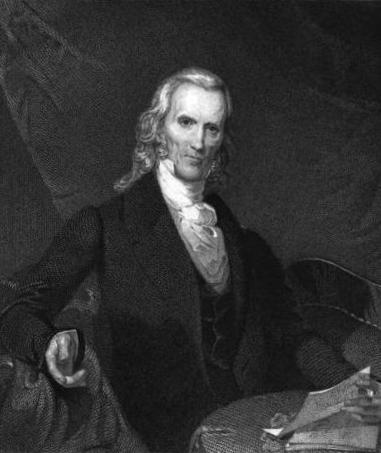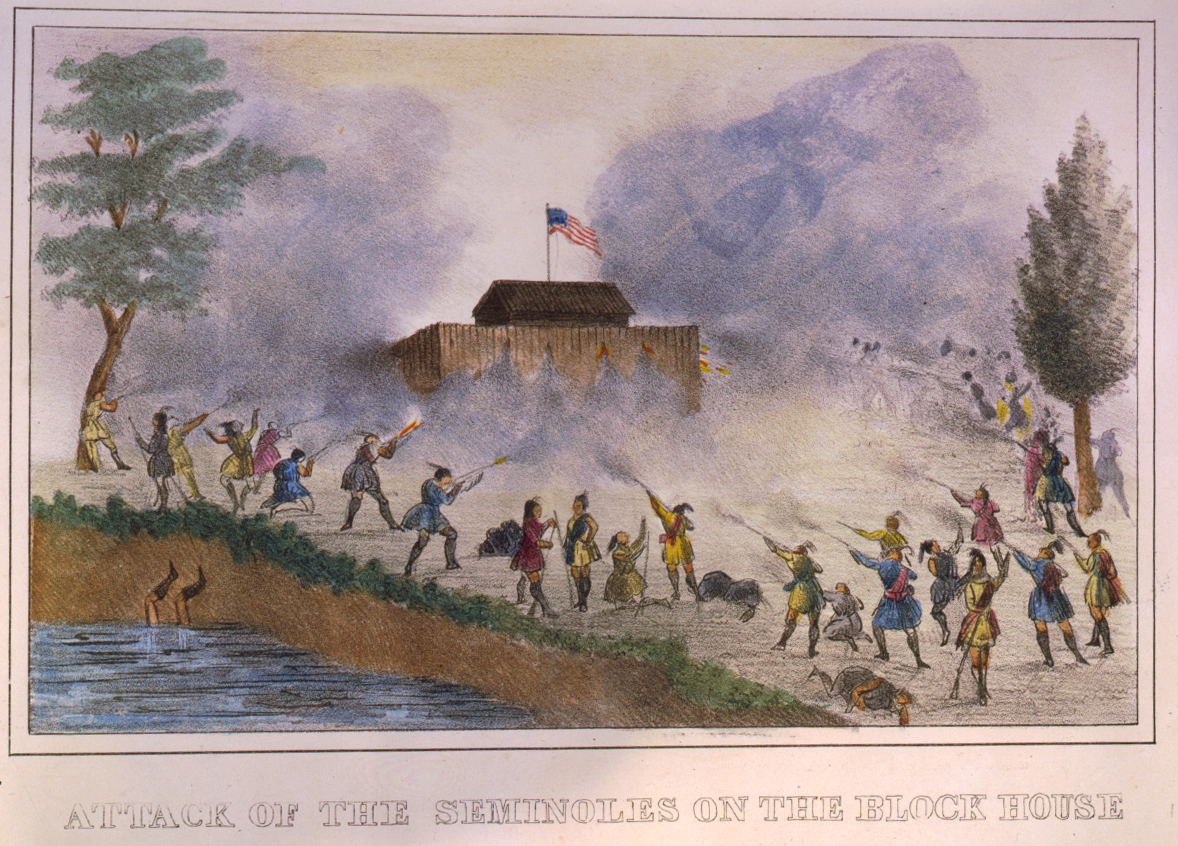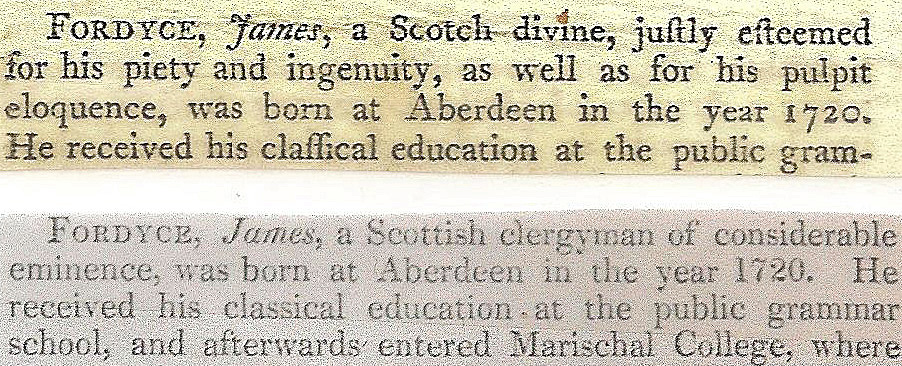|
Neill S. Brown
Neill Smith Brown (April 18, 1810January 30, 1886) was an American politician and diplomat who served as the 12th Governor of Tennessee from 1847 to 1849, and as the United States Minister to Russia from 1850 to 1853. He also served several terms in the Tennessee House of Representatives, and was Speaker of the House for the 1855–1857 term. A lifelong Whig, Brown campaigned to keep Tennessee in the Union in the years leading up to the Civil War. However, once the war began, he sided with the Confederacy. Early life Brown was born in Giles County, Tennessee, the son of Duncan and Margaret Smith Brown. His ancestors were Scots-Irish, and his grandfather, Angus Brown, was a veteran of the American Revolution. His father was an ardent Whig. Brown enrolled in the Manual Labor Academy in Spring Hill, Tennessee, and taught school in Giles County to pay his way. After studying law under Judge James Trimble, he was admitted to the bar in 1834, and briefly practiced in Pulaski, Tenn ... [...More Info...] [...Related Items...] OR: [Wikipedia] [Google] [Baidu] |
Daguerreotype
Daguerreotype (; french: daguerréotype) was the first publicly available photographic process; it was widely used during the 1840s and 1850s. "Daguerreotype" also refers to an image created through this process. Invented by Louis Daguerre and introduced worldwide in 1839, the daguerreotype was almost completely superseded by 1860 with new, less expensive processes, such as ambrotype ( collodion process), that yield more readily viewable images. There has been a revival of the daguerreotype since the late 20th century by a small number of photographers interested in making artistic use of early photographic processes. To make the image, a daguerreotypist polished a sheet of silver-plated copper to a mirror finish; treated it with fumes that made its surface light-sensitive; exposed it in a camera for as long as was judged to be necessary, which could be as little as a few seconds for brightly sunlit subjects or much longer with less intense lighting; made the resulting lat ... [...More Info...] [...Related Items...] OR: [Wikipedia] [Google] [Baidu] |
Whig Party (United States)
The Whig Party was a political party in the United States during the middle of the 19th century. Alongside the slightly larger Democratic Party, it was one of the two major parties in the United States between the late 1830s and the early 1850s as part of the Second Party System. Four presidents were affiliated with the Whig Party for at least part of their terms. Other prominent members of the Whig Party include Henry Clay, Daniel Webster, Rufus Choate, William Seward, John J. Crittenden, and John Quincy Adams. The Whig base of support was centered among entrepreneurs, professionals, planters, social reformers, devout Protestants, and the emerging urban middle class. It had much less backing from poor farmers and unskilled workers. The party was critical of Manifest Destiny, territorial expansion into Texas and the Southwest, and the Mexican-American War. It disliked strong presidential power as exhibited by Jackson and Polk, and preferred Congressional dominance in lawma ... [...More Info...] [...Related Items...] OR: [Wikipedia] [Google] [Baidu] |
William Henry Harrison
William Henry Harrison (February 9, 1773April 4, 1841) was an American military officer and politician who served as the ninth president of the United States. Harrison died just 31 days after his inauguration in 1841, and had the shortest presidency in United States history. He was also the first United States president to die in office, and a brief constitutional crisis resulted as presidential succession was not then fully defined in the United States Constitution. Harrison was the last president born as a British subject in the Thirteen Colonies and was the paternal grandfather of Benjamin Harrison, the 23rd president of the United States. He was born into the Harrison family of Virginia at their homestead, Berkeley plantation in Charles City County, Virginia; he was a son of Benjamin Harrison V—a Founding Father of the United States. During his early military career, Harrison participated in the 1794 Battle of Fallen Timbers, an American military victory that ended the N ... [...More Info...] [...Related Items...] OR: [Wikipedia] [Google] [Baidu] |
Hugh Lawson White
Hugh Lawson White (October 30, 1773April 10, 1840) was a prominent American politician during the first third of the 19th century. After filling in several posts particularly in Tennessee's judiciary and state legislature since 1801, thereunder as a Tennessee Supreme Court justice, he was chosen to succeed former presidential candidate Andrew Jackson in the United States Senate in 1825. He became a member of the new Democratic Party, supporting Jackson's policies and his future presidential administration. However, he left the Democrats in 1836 and was a Whig candidate in that year's presidential election.Mary Rothrock, ''The French Broad-Holston Country: A History of Knox County, Tennessee'' (Knoxville, Tenn.: East Tennessee Historical Society, 1972), pp. 501-502. An ardent strict constructionist and lifelong states' rights advocate, White was one of President Jackson's most trusted allies in Congress in the late 1820s and early 1830s.Nancy Scott, A Memoir of Hugh Lawson White' ... [...More Info...] [...Related Items...] OR: [Wikipedia] [Google] [Baidu] |
Electoral College (United States)
The United States Electoral College is the group of presidential electors required by the Constitution to form every four years for the sole purpose of appointing the president and vice president. Each state and the District of Columbia appoints electors pursuant to the methods described by its legislature, equal in number to its congressional delegation (representatives and senators). Federal office holders, including senators and representatives, cannot be electors. Of the current 538 electors, an absolute majority of 270 or more ''electoral votes'' is required to elect the president and vice president. If no candidate achieves an absolute majority there, a contingent election is held by the United States House of Representatives to elect the president, and by the United States Senate to elect the vice president. The states and the District of Columbia hold a statewide or districtwide popular vote on Election Day in November to choose electors based upon how they have ple ... [...More Info...] [...Related Items...] OR: [Wikipedia] [Google] [Baidu] |
Second Seminole War
The Second Seminole War, also known as the Florida War, was a conflict from 1835 to 1842 in Florida between the United States and groups collectively known as Seminoles, consisting of Native Americans in the United States, Native Americans and Black Indians in the United States, Black Indians. It was part of a series of conflicts called the Seminole Wars. The Second Seminole War, often referred to as ''the'' Seminole War, is regarded as "the longest and most costly of the American Indian Wars, Indian conflicts of the United States". After the Treaty of Payne's Landing in 1832 that called for the Seminole's removal from Florida, tensions rose until open hostilities started with Dade battle. For the next four years, the Seminole and the U.S. forces engaged in small engagements and by 1842 only a few hundred native peoples remained in Florida. The war was declared over on August 14, 1842. Background Bands from various tribes in the southeastern United States had moved into the uno ... [...More Info...] [...Related Items...] OR: [Wikipedia] [Google] [Baidu] |
Pulaski, Tennessee
Pulaski is a city in and the county seat of Giles County, which is located on the central-southern border of Tennessee, United States. The population was 8,397 at the 2020 census. It was named after Casimir Pulaski, a noted Polish-born soldier on the patriots side in the American Revolutionary War. During the Civil War, after the Union took control of Tennessee in 1862, thousands of African Americans left plantations and farms to join their lines for refuge. The Army set up a contraband camp in Pulaski to help house the freedmen and their families, feed them, and put them to work. In addition, education classes were started. Shortly after the war ended, in late 1865, Pulaski was the site of Confederate veterans organizing the first chapter of what became known as the Ku Klux Klan, a secret, white supremacist group. Union troops continued to occupy much of the state until 1870. The KKK members often attacked staff of the Freedmen's Bureau, established during the Reconstruction ... [...More Info...] [...Related Items...] OR: [Wikipedia] [Google] [Baidu] |
Admitted To The Bar
An admission to practice law is acquired when a lawyer receives a license to practice law. In jurisdictions with two types of lawyer, as with barristers and solicitors, barristers must gain admission to the bar whereas for solicitors there are distinct practising certificates. Becoming a lawyer is a widely varied process around the world. Common to all jurisdictions are requirements of age and competence; some jurisdictions also require documentation of citizenship or immigration status. However, the most varied requirements are those surrounding the preparation for the license, whether it includes obtaining a law degree, passing an exam, or serving in an apprenticeship. In English, admission is also called a law license. Basic requirements vary from country to country, as described below. In some jurisdictions, after admission the lawyer needs to maintain a current practising certificate to be permitted to offer services to the public. Africa The African Union comprises all 55 co ... [...More Info...] [...Related Items...] OR: [Wikipedia] [Google] [Baidu] |
Spring Hill, Tennessee
Spring Hill is a city in Maury and Williamson counties, Tennessee, located approximately south of Nashville. Spring Hill's population as of 2020 was 50,005. Spring Hill is recognized as the 4th fastest growing city in Tennessee by the U.S. Census Bureau and is included in the Nashville metropolitan area. History The first settlers of Spring Hill arrived in 1808 and the city was established in 1809. Albert Russell was the first person to build a home on the land that became Spring Hill. Spring Hill was the site of a Civil War battle, now known as the Battle of Spring Hill, on November 29, 1864. Later, Spring Hill was the home of a preparatory school, Branham and Hughes Military Academy, the campus of which now serves as the main campus of Tennessee Children's Home, a ministry associated with the Churches of Christ. On January 10, 1963, an F3 tornado tore through the center of the town, damaging many buildings and causing $500,000 in damage. Recent growth As the Nashville ... [...More Info...] [...Related Items...] OR: [Wikipedia] [Google] [Baidu] |
Jackson College (Tennessee)
Jackson College was a college affiliated with the Presbyterian Church, located in Columbia, Tennessee.Merriam 1893, p. 235Wade 1846, v. III, p. 24Van Tramp 1867, p. 451Woodbridge 1834, v. 4, p. 577 History Jackson College was founded as the Manual Labor Academy at Spring Hill, Tennessee, in 1830. Its original enrollment was seven students. As part of the curriculum each student was required to work two hours per day at a manual task. It was thought that this manual labor was beneficial to the student. While at some schools students engaged in mechanical tasks, the Academy was not able to build shops or buy the tools necessary. The students, therefore, engaged in farming. Some time around 1832, through an act of the legislature, the academy became Jackson College. During this time, the manual labor aspect of the academy was maintained. In 1837 the College moved to Columbia. At this point, the manual labor aspect of the curriculum that began with the original academy was abolished. D ... [...More Info...] [...Related Items...] OR: [Wikipedia] [Google] [Baidu] |
Scotch-Irish Americans
Scotch-Irish (or Scots-Irish) Americans are American descendants of Ulster Protestants who emigrated from Ulster in northern Ireland to America during the 18th and 19th centuries, whose ancestors had originally migrated to Ireland mainly from the Scottish Lowlands and Northern England in the 17th century. In the 2017 American Community Survey, 5.39 million (1.7% of the population) reported Scottish ancestry, an additional 3 million (0.9% of the population) identified more specifically with Scotch-Irish ancestry, and many people who claim "American ancestry" may actually be of Scotch-Irish ancestry. The term ''Scotch-Irish'' is used primarily in the United States,Leyburn 1962, p. 327. with people in Great Britain or Ireland who are of a similar ancestry identifying as Ulster Scots people. Many left for America but over 100,000 Scottish Presbyterians still lived in Ulster in 1700. Many English-born settlers of this period were also Presbyterians. When King Charles I attempted t ... [...More Info...] [...Related Items...] OR: [Wikipedia] [Google] [Baidu] |
American Civil War
The American Civil War (April 12, 1861 – May 26, 1865; also known by other names) was a civil war in the United States. It was fought between the Union ("the North") and the Confederacy ("the South"), the latter formed by states that had seceded. The central cause of the war was the dispute over whether slavery would be permitted to expand into the western territories, leading to more slave states, or be prevented from doing so, which was widely believed would place slavery on a course of ultimate extinction. Decades of political controversy over slavery were brought to a head by the victory in the 1860 U.S. presidential election of Abraham Lincoln, who opposed slavery's expansion into the west. An initial seven southern slave states responded to Lincoln's victory by seceding from the United States and, in 1861, forming the Confederacy. The Confederacy seized U.S. forts and other federal assets within their borders. Led by Confederate President Jefferson Davis, ... [...More Info...] [...Related Items...] OR: [Wikipedia] [Google] [Baidu] |






